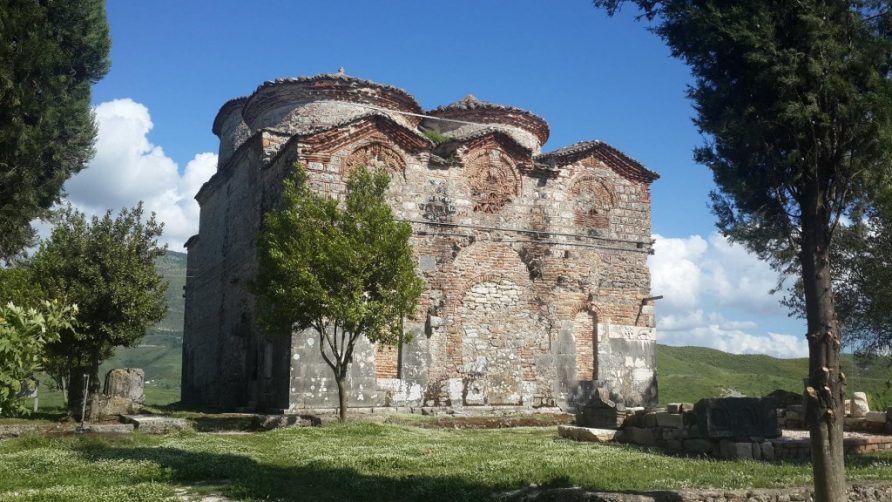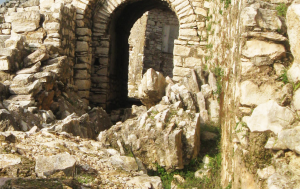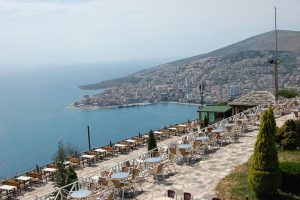One of the highlights of the Albanian Riviera is Mirror Beach Albania. In Albanian, Mirror beach is called “Plazhi Pasqyra”. This means the beach of mirrors. During the day, the sunlight reflects on the sea. Therefore, the sunlight makes the sea look like a sparkling mirror. The reflection of the sea really has a magical effect. Which is one of the reasons why many locals, say that the mirror beach is the highlight of the Albanian coast?
The bay of Mirror Beach is surrounded by overwhelming rock formations. The rocky background makes the bay feel like a secret spot. If you walk towards the end of the shore, you will see some smaller, more intimate beaches. You can even wade through the water of the sea, to reach a hidden spot, which can only be accessed through the water. At first sight, you will not believe your eyes, when you see the bright blue water of Mirror Beach.




















